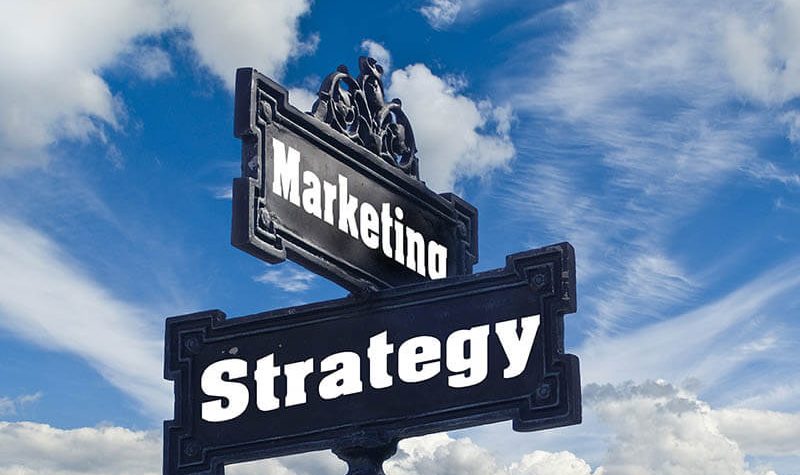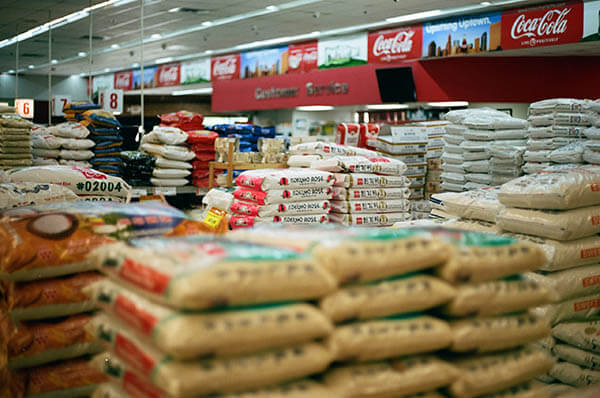There are many ways to sell a product. The most effective way is to connect with customers’ emotions. Branding helps you build that connection. A customer is always attracted to the brands that share the same values with him or her. Those similar values, which are mutually shared by a brand and its end consumer, make a brand stand out. The emotional connection of shared interest is highlighted by branding.
Beat the Competition
Successful branding is all about creating recognition, sharing a story, forming an identity, and building loyalty. A repeat customer is a satisfied customer. You could have the best product quality, the finest articulation, or the most precise attention to details, but what makes your product stands out is branding. If a product has a better-perceived value than competitors, it sells well. When a company starts focusing on branding for sales, they try to be friends with their customers, better than the competitors are. Think of yourself as a buyer. When you are shopping for perfume, would you just pick any name out of the shelf? Would you choose the brand which is familiar to you and which has an association with you? The same goes for the major portion of end consumers, they prefer products with good branding.
Increase the Market Share
Branding is not about the logo, TV commercials, radio ads, Social Media campaigns, the tag line, or the corporate culture of the company. It is about ALL. Branding has to do with everything mentioned above to help you form a bonding with the consumer. Customer loyalty can be guided. When you start selling your products with clear branding, it provides credibility. A happy customer is a referral. The whole concept is about a vibe that a customer gets from your product. If your branding is focused on customers and not your products, you will increase the market share even in a saturated market. When out shopping, customers will remember your product in the vast aisles of supermarkets.
Softer for new products
Once the road works are completed through solid branding, you can launch new products with a lot of ease. Branding helps you in all the future endeavors of your company. Increasing product lines is crucial for the enhancement of sales. Once the branding process is effectively put in place, the newly introduced products will have to just follow the same pattern. The strategy for the move forward is laid down crystal clear. Thus, branding is vital for sales in one way or another.
Indulgent for Investors
Organizations are always in need of fresh investments to grow sales. Branding is all about creating a rapport for your enterprise. It provides you with a unique identity that is recognized by both customers, investors, and employees. The strong media presence and press appearances establish the position of a thought leader. By investing in its brand strategy, the company’s odds of securing funding go up significantly. Finally, it is not only about selecting catchy colors for your product; branding is the face of your company. It guides what people should feel about your organization and consequently increasing sales.














